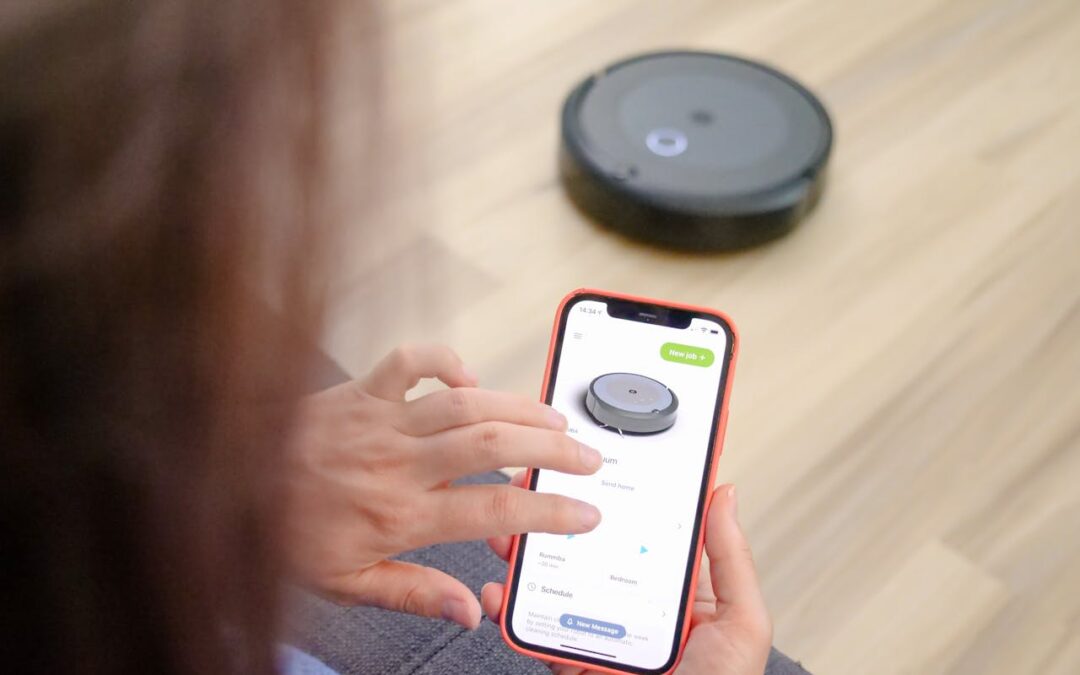Workplace safety is a top priority for businesses, and advancements in technology have introduced innovative ways to maintain it. One such breakthrough is robotic cleaning, which is transforming how industries approach hygiene and safety in their environments. From reducing human exposure to hazardous conditions to enhancing overall cleanliness, robotic cleaning plays a vital role in promoting workplace safety.
Reducing Exposure to Hazards
Robotic cleaning machines minimize the need for human workers to engage in dangerous or unhealthy tasks. In industrial settings, cleaning areas with toxic chemicals, heavy machinery, or biohazards can pose significant risks. By delegating these tasks to robots, companies can protect their employees from exposure to harmful substances, reducing the likelihood of workplace injuries or illnesses.
Robots equipped with advanced sensors and automation technology can navigate challenging environments, including confined spaces or high-risk areas, without putting human workers at risk. This allows employees to focus on safer, higher-value tasks while leaving the dangerous work to machines designed specifically for these roles.
Enhancing Cleaning Precision and Efficiency
Robots offer an unparalleled level of precision in cleaning, which is crucial for maintaining safety standards. Automated machines are programmed to follow specific patterns and use optimal amounts of cleaning agents, ensuring thorough and consistent sanitation. This precision helps to eliminate harmful bacteria, viruses, and allergens that could compromise workers’ health.
In sectors like healthcare, food production, and manufacturing, robotic cleaning ensures that hygiene regulations are met, reducing the risk of contamination. The efficiency of robotic cleaning also means that workplaces remain consistently clean, further preventing accidents caused by slippery floors or unclean surfaces.
Supporting Emergency Response
Robotic cleaning systems can be particularly useful during emergencies, such as chemical spills or biohazard incidents. Equipped with specialized tools, these machines can quickly and safely clean up hazardous materials, minimizing the danger to human workers and limiting the spread of harmful substances.
In addition, robots can be deployed in environments that are unsafe for humans, such as areas affected by fires, floods, or other disasters. Their ability to function in extreme conditions ensures that workplaces can recover faster, enabling businesses to prioritize the safety and well-being of their employees.
Improving Ergonomics and Reducing Physical Strain
Manual cleaning tasks often require repetitive motions, heavy lifting, or awkward postures, which can lead to musculoskeletal injuries among workers. By automating these tasks, robotic cleaning reduces the physical strain on employees, promoting better ergonomic conditions in the workplace.
This reduction in physical demands allows workers to perform their duties more comfortably and sustainably, lowering the risk of long-term health issues caused by strenuous labor. Additionally, it enhances employee satisfaction and productivity, as workers can focus on roles that require critical thinking and creativity rather than repetitive tasks.
Boosting Workplace Morale and Productivity
A safe and clean environment fosters better morale among employees. When workers see that their employer is investing in cutting-edge solutions to improve safety, they feel valued and motivated. Robotic cleaning not only ensures a safer workspace but also demonstrates a commitment to employee well-being.
The efficiency and reliability of robotic cleaners mean less downtime and fewer disruptions caused by safety hazards. This improved operational flow allows businesses to maintain high productivity levels while ensuring a safe environment for their workforce.
A Future-Focused Approach to Safety
As workplaces evolve, robotic cleaning systems are becoming an integral part of a broader safety strategy. With the integration of artificial intelligence, these machines continue to improve in terms of adaptability and efficiency. Businesses adopting robotic cleaning are not only enhancing safety today but also preparing for a future where technology plays a central role in maintaining workplace well-being.
By leveraging robotic cleaning, companies can reduce risks, protect employees, and ensure a safer, more productive workplace. This innovative approach sets a new standard for workplace safety, offering a sustainable and forward-thinking solution for industries across the globe.

